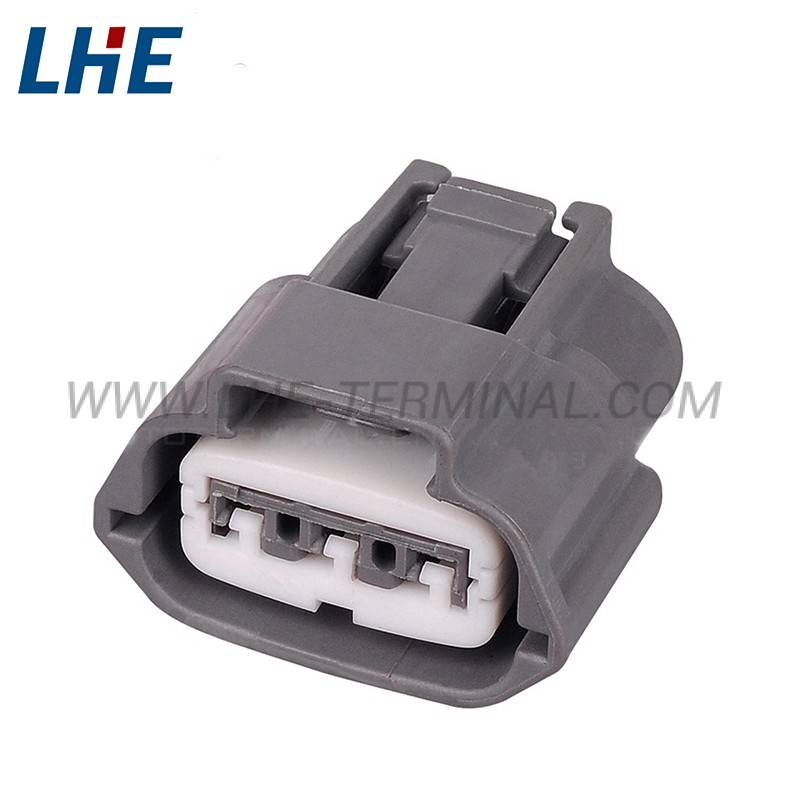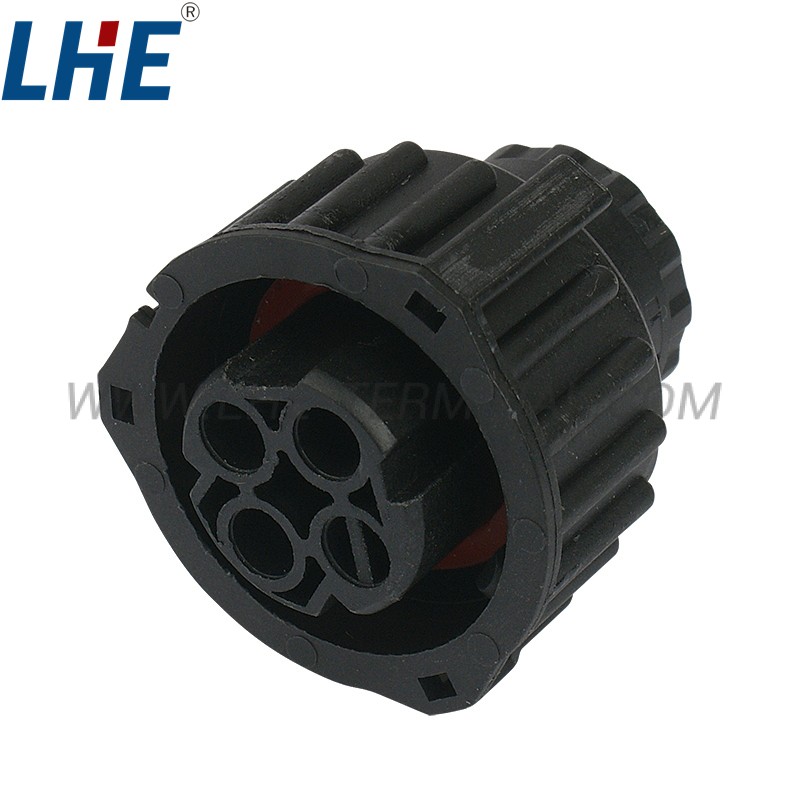In another example, design rules can be used to automatically select, place harness fixtures, and take other factors into consideration. Senior engineers with years of experience in the selection and placement of these fixtures can describe guidelines for obtaining the best fixture type, placement, and quantity based on connection point, connector, and harness size and length. The software can use these rules to automatically place fixtures, drill points, and welding platforms, dramatically increasing the speed and accuracy of wire harness tooling drawings.
Additionally, upstream project delays can compress the time available for manufacturing engineers to generate operational instructions. If the operating instructions are delayed or lacking in detail, assemblers on the shop floor must seek additional guidance. Not only that, but incomplete operating instructions can degrade the quality of finished wire harnesses, causing them to fail post-production testing. Important project delivery milestones are suddenly missed, and unexpectedly late freight charges are incurred to make up for lost time and yield.

















